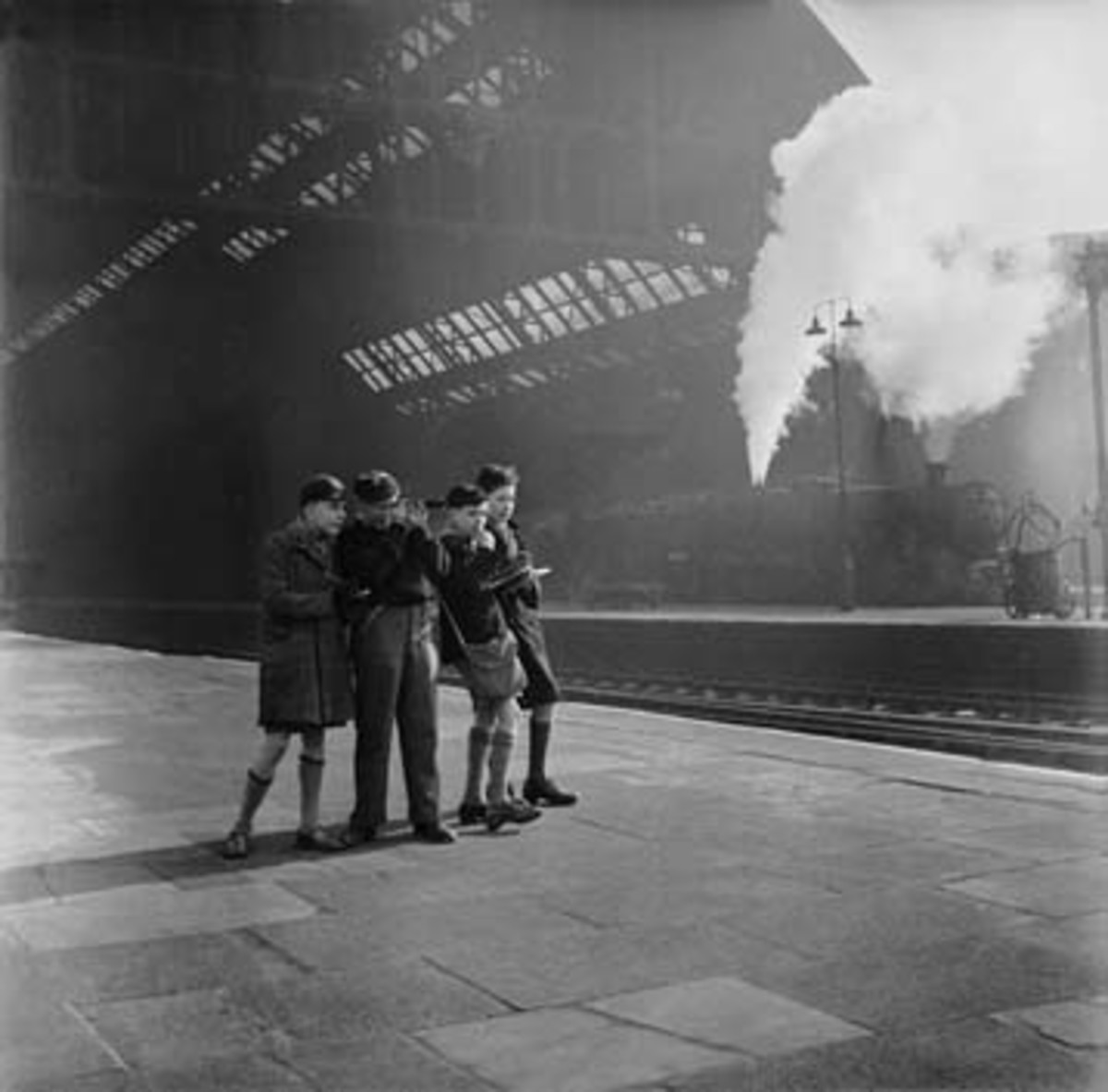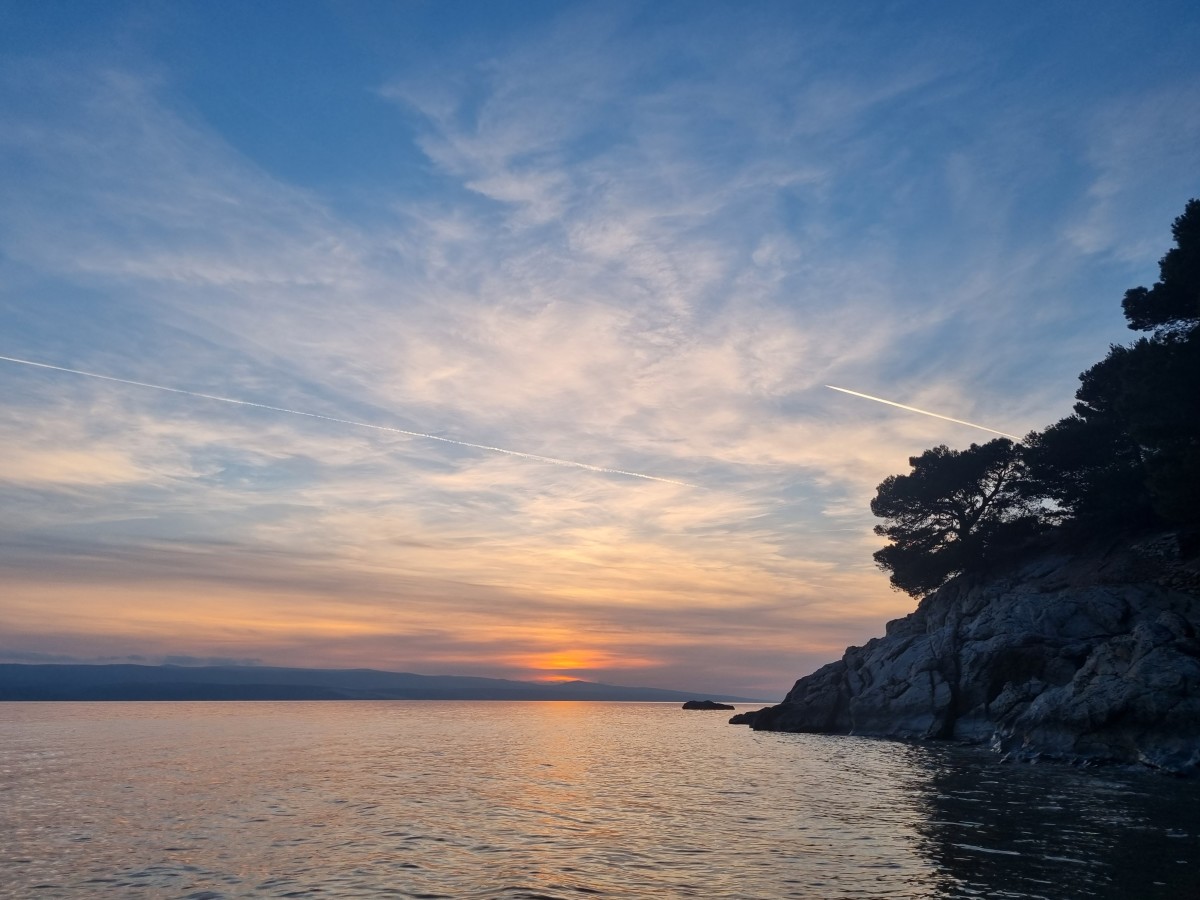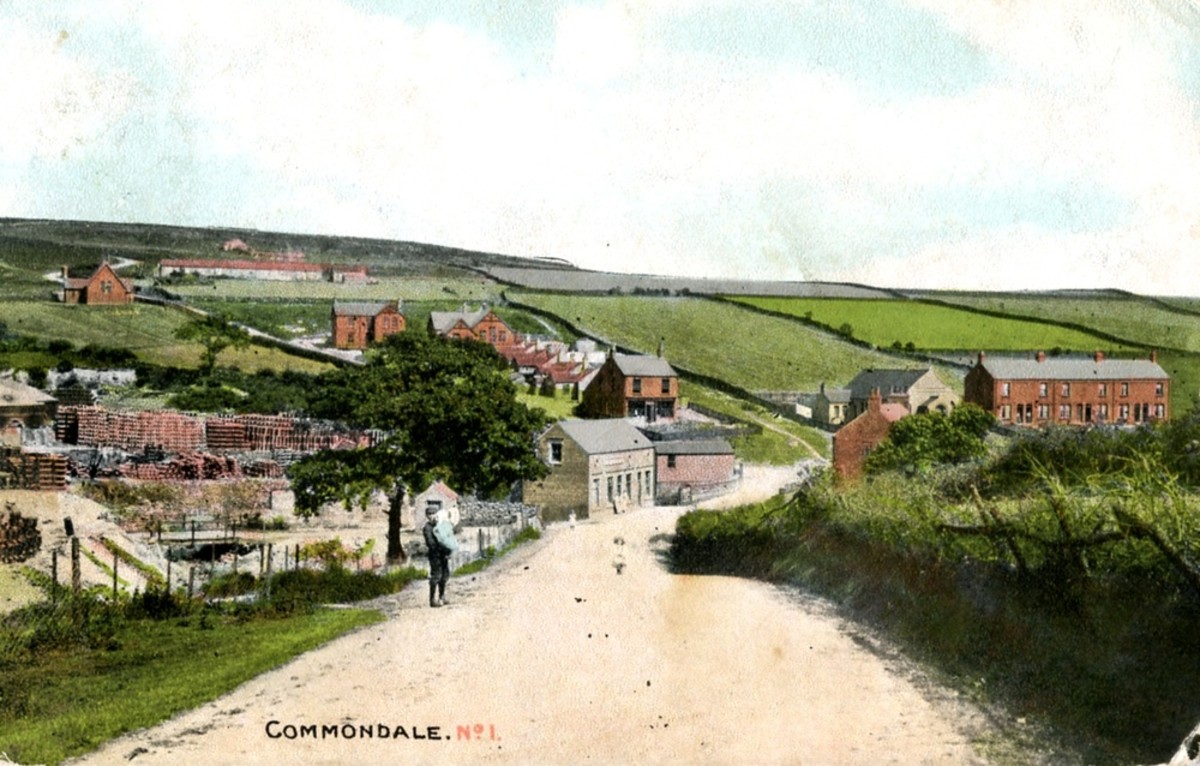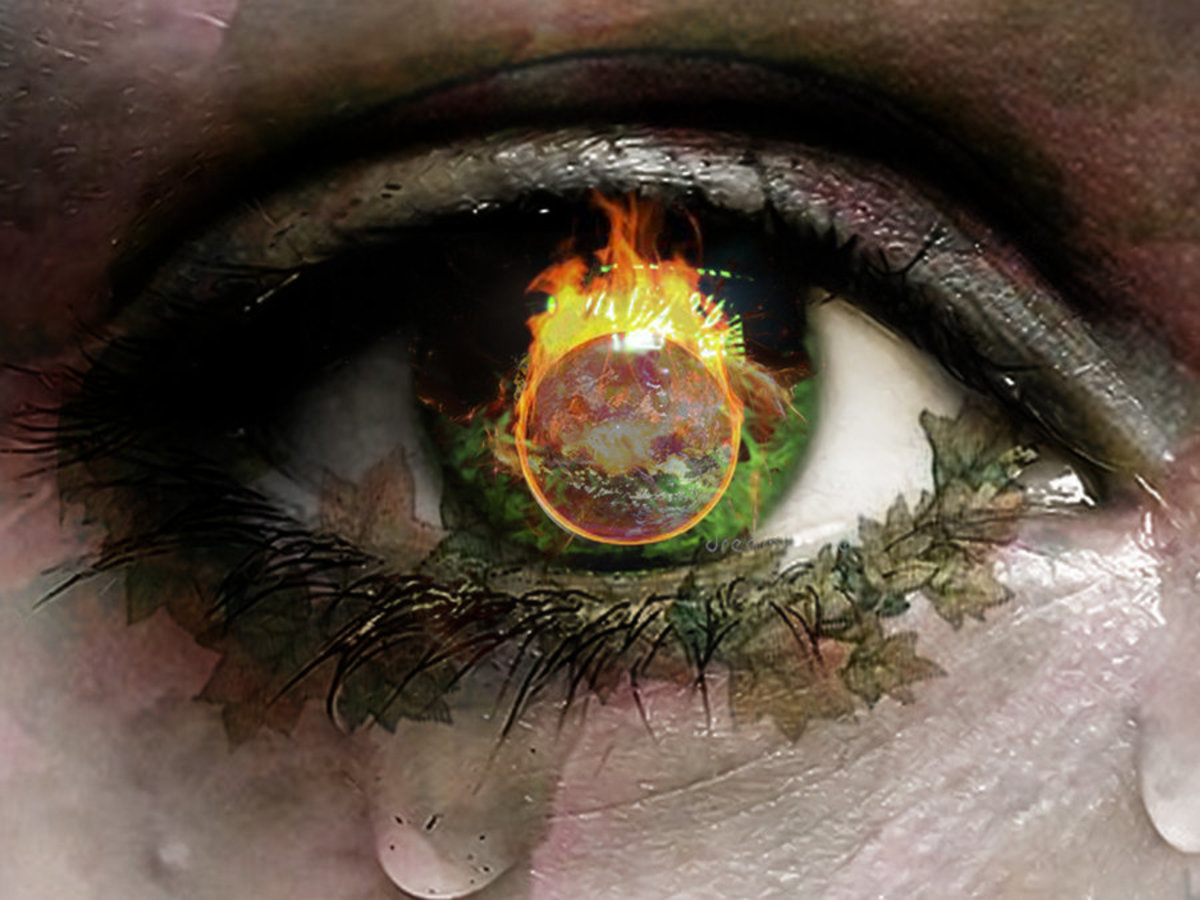Effects Of Coal Trains On The Environment
Pollution of the Environment
When you live in an area as pristine as the Northwest, you have a tendency to forget how lucky you are. There is so much raw and natural beauty that we as citizens have perhaps in some ways sat back and taken it for granted.
However, the wake-up call has sounded and our beautiful states are in serious jeopardy of being the victims of pollution which will have long lasting effects on our precious environment.
We hear about clean power, clean fuel and the effects of climate change on the world every day. So what are hundreds of coal trains doing moving daily through some of these indescribably glorious places?
The term "clean coal" is an out and out lie. If anyone has heard about black lung disease, anthracosis or pneumoconiosis, you know of what I speak. Where did those dieases come from? Coal dust!
So what are we doing allowing millions of tons of coal dust piled high in uncovered cars to roll through our cities and through our wilderness areas?
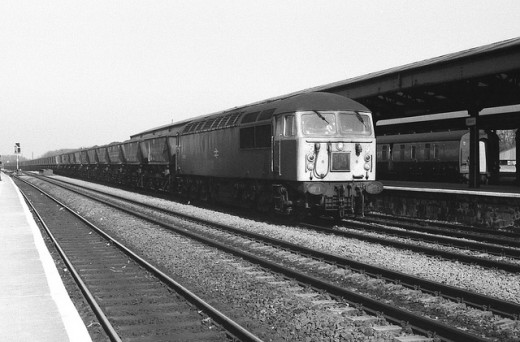
What is the Impact of Coal Dust on the Environment?
While local governments keep throwing out words like "create jobs" and "money for our cities," the larger picture is what will we have to sacrifice for our country to get rid of its coal to other countries, most prominently China?
People don't seem to be aware that we aren't talking about one train per week going from here to there. We're talking about massive numbers of trains, at least 1-1/2 miles long, rolling through towns and cities that probably already have traffic problems and are not prepared for this kind of train traffic.
How does this impact the environment?
The coal cars are open and loaded with coal, which is very heavy.
Why are the cars open? Because coal is highly flammable and is prone to explosion so why would they want to put lids on the cars? That should make us all feel even safer knowing that.
It is estimated on the low side that while the trains are moving, they will lose 500 to 2000 pounds of coal dust PER TRAIN. That sounds a little frightening. Meanwhile, government and city officials say that this will have no effect on anything. Hmmm.....
- What if the coal dust blows into the wildlife preserve as it goes past?
- What if the coal dust blows onto the farmer's crops that are a half block from the railroad tracks?
- What if the coal dust lands in the yards of all the people that live within a 2-mile radius of the train tracks?
- What if the coal dust lands on the playgrounds where our children play in "safety?"
- What if the train derails and dumps the coal into the river or the sound?
- What if, what if, what if?
Health Risks Associated with Coal Dust
Not only is the coal dust putting our environment at risk, but it is putting people at risk. Imagine being stuck in traffic while a 1-1/2 mile long train passes by. What if there's a high wind that day? What if the train stops (which happens quite often) and stalls traffic for long periods of time?
It takes 4 or 5 locomotives to pull the coal trains because they are so heavy. The locomotives run on diesel fuel, another known carcinogen. So while we hear that "coal is a clean energy source," we can also add to that bit of untruth the fact that we will now have hundreds of locomotives spewing diesel particulates which are known cancer-causing agents, into the atmosphere we breathe.
Respiratory problems and breathing problems are associated with coal dust. There is a proven increased risk of cancer, especially of the lung associated with coal dust. What happens when we add diesel particulates to the mix? Is anyone thinking about this?
The added benefit of so many coal trains is that it is projected that there will be many more traffic accidents because of the demand to get from here to there around the trains. There will be more idling cars sitting at train tracks waiting for them to pass, emitting more fumes into the atmosphere.
There will be delays in emergency vehicles being able to get through intersections near train tracks because of the wait for these long trains to pass.
People who are exposed to the constant noise of passing trains have problems with palpitations, arrhythmias, nervousness and anxiety disorders. Since the trains run night and day, it's no surprise that they also suffer from insomnia.
Last but not least, anyone with property within at least 2 miles of train tracks carrying coal trains can expect their property values to decrease. Who is going to want to purchase a home with pollutants being spewed onto their property? Who is going to want to own a home with that kind of noise distraction going by all the time?
If that wasn't bad enough, the coal trains will find their destination in many of our beautiful ports and harbors, be loaded onto barges, so that they can travel the already struggling oceans with their deadly cargo. Are we ever going to learn?
How many times can we keep polluting our rivers, our waterways, our oceans with oil and other toxic waste before our planet turns in on itself? This is killing us all in some form or another. And it is killing all that is good in the world along with the things of beauty that we should be worshipping every day.
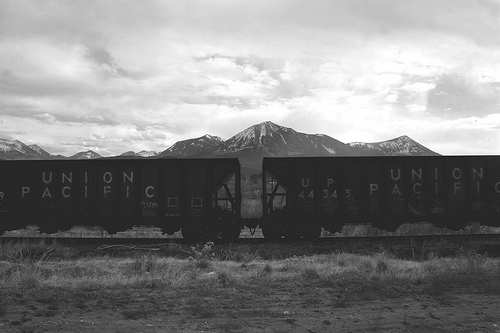
How Can We Control Air Pollution?
That has been the question for the last few decades. The push for cleaner air was supposed to be a priority. Air polution emissions were supposed to be a thing of the past.
By allowing these trains to traverse our lands, we are going backwards. We are allowing environmental damage on a grave scale without even studying the possible consequences.
It's said that new plants are springing up in China by the day. That's where all this coal is going, or at least a great part of it. It's also said that as they burn it, it takes just 5 days for it to reach our shores again, in coal dust! Is anyone hearing these facts? How much coal dust can people inhale, have touch their skin before they have side effects that could kill them?
How much coal dust can go into a river or a stream before it kills all the fish and natural habitat? How long will it take before it kills off everything in the sea if there's a leak from a barge or a spill into the ocean? Do we really want to keep going with these practices not knowing what the potential impact on our environment is?
Just like Japan's earthquake, anything can happen. Rain, wind, snow will definitely have an impact on open coal cars. What are the potential harmful effects to come? What would an earthquake do to plants situated right on the cusp of our waterways?
Life is becoming a frightening place when one realizes that we have met the enemy and the enemy is us.
Progress is a noble idea but if it is at the expense of everything beautiful on the planet on which we are blessed to live, that isn't progress. It's suicide.
These trains are already making cities' and towns' traffic problems a nightmare and they're not even running (yet) at full capacity. There have been derailments and talk of having to build more overpasses to compensate for the traffic problems. If something doesn't happen to stop some of these proposals, what will our cities look like, our towns and our cities?
State officials currently are receiving many complaints and questions about the viability of coal trains. Groups like Beyond Toxics out of Portland, Oregon are great sources of information on things like coal dust drift and the impact on the environment as well as health risks.
Agencies such as the American Heart Association, the American Lung Association and the Puget Sound Clear Air Agency have all issued statements against these trains and the monies that are being delegated for building more terminals and ports for the export of coal.
Several cities and towns all along the coal train corridor are currently fighting the coal trains and their mantra is "Stop the coal trains!"
Citizens should let their voices be heard and come out against "Killing Coal" as it is not the clean energy source it is being billed as.
State representatives and governors are receiving phone calls, emails and letters and there are petitions throughout many states asking for the banning of coal trains in particular but also of coal mining.
President Obama has the power to stop the export of coal to China and he has the power to stop the coal trains.
The facts speak for themselves. The environmental effects of coal are far reaching and once the damage is done, will we ever be able to undo it?




